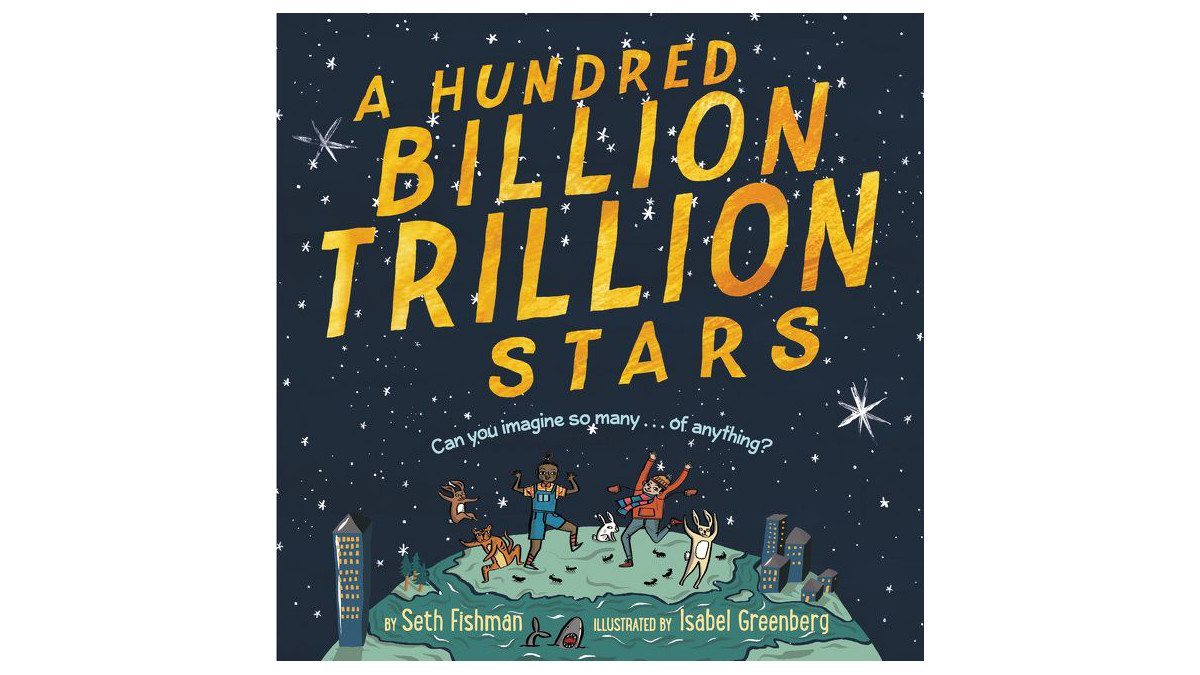This Week’s Word Is “Boardgames.”
Considering boardgames are the bread and butter of GeekDad it seems odd that it’s taken me so long to devote a Word Wednesday column to them. Perhaps there just aren’t that many books about games? When I saw this book in the 2019 DK catalog I just knew I had to review it. Board Games in 100 Moves is devoted to boardgames and fronted by none other than Ian Livingstone.
Ian Livingstone is something of a hero of mine. Without him, it’s possible I wouldn’t be sitting here typing this review (beyond the fact that I’m reviewing his book). Games Workshop, and before that Fighting Fantasy, was hugely influential in my formative years. Livingstone was behind both. I even met him once in a Games Workshop in Birmingham, UK, in around 1986. I suspect the meeting left more of an impression on me than him.
What Is Board Games in 100 Moves?
It’s a history of boardgaming, written by two of the finest boardgame commentators in the UK. Ian Livingstone, as mentioned above, but also journalist James Wallis, who once held the Guinness World Record for non-stop game-playing.
After a foreword from Ian Livingstone and an introduction to the world of boardgames, the book opens with a timeline of 100 significant games; the “100 Moves.” This starts with Senet in 3100 BCE and travels via Nine Men’s Morris from Roman times, Backgammon (500CE), and Chess (600CE) all the way up to Codenames, Beasts of Balance, and Sushi Go Party! Along the way, the timeline stops at Othello, Pit, Monopoly, Dungeons & Dragons, Warhammer, Twighlight Struggle, and Pandemic.
After the timeline, in the usual DK fashion, the book is further broken into sections. These sections drill deeper into the games mentioned on the timeline. Each section consists of several chapters.
The book breaks down as follows:
Wood and Stone.
The birth of the board game with an in-depth look at Senet, as played in Ancient Egypt. (Tutankhamen loved the game so much, he was buried with four sets of it.) This section examines the global nature of games. First, how every culture, alongside its art and writing, also developed games to play, and how, thanks to the vastness of the Roman Empire, games and rules traveled across early civilizations. The ‘Wood and Stone’ section closes out with a look at Chess and “Tafl.”
Paper and Print.
The availability of paper in the 1400s changed the way games were accessed. They were now more complex, more portable, and more accessible than ever before. Card games began to come to the fore, both in China and Europe, with Tarot cards.
The printing press allowed access to true “board” games, with the Royal Game of the Goose, which spawned numerous variations. This chapter also examines the mysterious arrival of dominoes. A game almost ubiquitous across the globe but the origins of which are shrouded in the mists of time.
Cardboard.
The ready availability of cardboard again saw a leap in boardgame evolution. It also brought about games many of us will recognize. This section ends with the arrival of Monopoly and discusses its contreversial origins. Monopoly’s forerunner, The Landlord’s Game, dovetails neatly with the other main theme of this section. The chapter “campaign games” examines how boardgames were increasingly used to promote political agendas.
Plastic.
This section aligns with my own childhood with games like Ludo, Scrabble, and the much-coveted, when I was a child, Mousetrap. My cousins gave me their copy as they were a little old for it. I was so happy. (I did buy a set for my children a few years ago and discovered that progress is not always a good thing. The newer version was terrible in comparison.) This section also looks at the big, sprawling strategy of Diplomacy and Risk. Games that I mostly remember setting up, but never playing.
Imagination.
Possibly the section most GeekDad readers will identify with. This chapter pretty much was my teenage years. D&D, Games Workshop and Warhammer. It is perhaps not surprising that several pages of this book are devoted to the history of Games Workshop, and for somebody who has been involved with the company as long as I have, it made for great reading. It covers the evolution of Warhammer including the controversial destruction of the “Old World” and the new Age of Sigmar. (Which a callow 42-year-old me wrote about, here.) One odd note: The book’s Age of Sigmar photograph is oddly terrible for a DK publication.
The second half of this section examines the rise of the Eurogame, Magic the Gathering, and the more mainstream behemoth, Trivial Pursuit.
The Future.
This section starts out by looking at modern classics, such as Codenames, Mysterium and The Mind, before examining how technology has changed the boardgaming landscape. Digital editions of games and systems such as Tabletop Simulator and Kickstarter are massively changing the way we consume, purchase, and interact with our games. The book also covers app and Alexa enabled games like Beasts of Balance and When in Rome.
The final part of this chapter encourages readers to find the boardgame designer within, and perhaps bring into the world the next great boardgaming innovation.
Finally, after all these sections is a list of the Spiele Des Jahres winners from Hare and Tortoise to Azul. Both of which, incidentally, I own!
Why Read Board Games in 100 Moves?
If you’re interested in the history of boardgames, want to learn more about some classic games, or just fancy a huge dose of nostalgia, Board Games in 100 Moves is the book for you. There’s definitely something interesting in seeing how your own collection stacks up against history; another reason to pick up this fascinating book. Additionally, if you fancy a look at the history of Games Workshop, that’s in here too, though that probably isn’t worth the cover price alone.
Unusually for a DK book, the book is quite text heavy. There are still lots of pictures but the text is in large blocks. There aren’t many DK-style sidebars and annotations. I guess this is because there isn’t a lot of technical information to impart. This is a book about hobbies and pastimes, and whilst there is a lot of text, it remains light and conversational.
The book is well laid out, you really can see the evolution of boardgames. It’s great to be able to dig a little deeper into the stories of some much-loved games. If you read GeekDad and have read this far through the review, you clearly have an interest in tabletop games. As such, you will love this book.
It’s a great present for a lover of games too, should you have one in your life. You probably have several. With the holiday season lurking just around the corner, I can think of a number of friends who will be given this as a gift. Boardgame enjoyment is a personal thing, making picking a game for ardent players a risky business. Anybody who like games, whether they be, party, Eurogame, wargame, strategy, push your luck, or roll and write, will find lots to enjoy here. You really can’t go wrong. In boardgame terms, this is definitely a double 6! (Double 6 isn’t good in all games, but you know what I mean!)
You can pick up a copy of Board Games in 100 Moves here, in the US and here, in the UK.
![]() To subscribe to GeekDad’s tabletop gaming coverage, please copy this link and add it to your RSS reader.
To subscribe to GeekDad’s tabletop gaming coverage, please copy this link and add it to your RSS reader.
Click here to see all our tabletop game reviews.
Disclosure: GeekDad received a copy of this book for review purposes.









